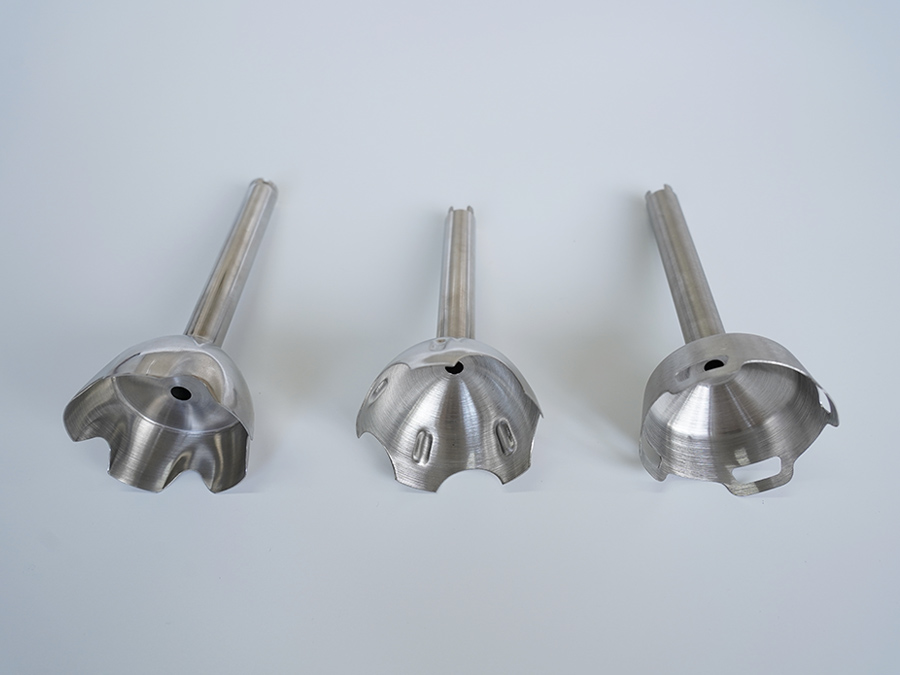
 Home > News
> News Information
Home > News
> News Information
Hardware stretching partsAccording to the actual production situation, the tearing problem of the metal stretching parts is mainly reflected in the flanging forming process by checking the tearing location, fracture morphology, and degree of squeezing between them. Therefore, attention should be paid to the following reasons for the tearing problem of hardware stretching parts in this process.

1. Inadequate execution of molding process parameters
In the forming process of metal stretching parts, the process requires a close combination between the concave die, the pressing core, and the two. When the machine slide slides down, the pressing sheet material undergoes plastic deformation to form. However, during the pressing process, the metal stretching parts have the characteristic of unstable quality. The main reason is that the processing technicians did not adjust the machine pressure according to the requirements of the process, resulting in stability problems and unstable quality of the metal stretching parts.
2. Design defects of flanging forming molds
The mold is a the first mock examination with two cavities, because the content of this process not only includes flanging, but also includes the content of shape forming. In addition, the hardware stretching parts are particularly complex, the bending surface is narrow, and the forming requirements are that the concave mold pressing material core is consistent with the forming surface, resulting in the situation that the mold structure has large forming conditions and small pressing area.
3. There are errors in mold processing, hardware stretching parts, and drawing design
Clearly mark the area to be processed. However, due to the complex surface of the die core, machining the guide surface after casting results in clearance errors between the machined surface and the concave die guide surface, causing the die core to swing left/right during normal mold operation.
Before forming the metal stretching part, positioning relies on the positioning pins and holes on the flat surface of the pressing core. This requires that during the forming process of the metal stretching part, the pressing core needs to ensure stability, reliability, and correct sliding. Otherwise, the metal stretching part will be unstable during the forming process, resulting in collision and compression between the pressing core and the concave mold wall, causing tensile stress in the metal stretching part. When the material strength limit is exceeded, the metal stretching part will tear and tilt.


.jpg)






